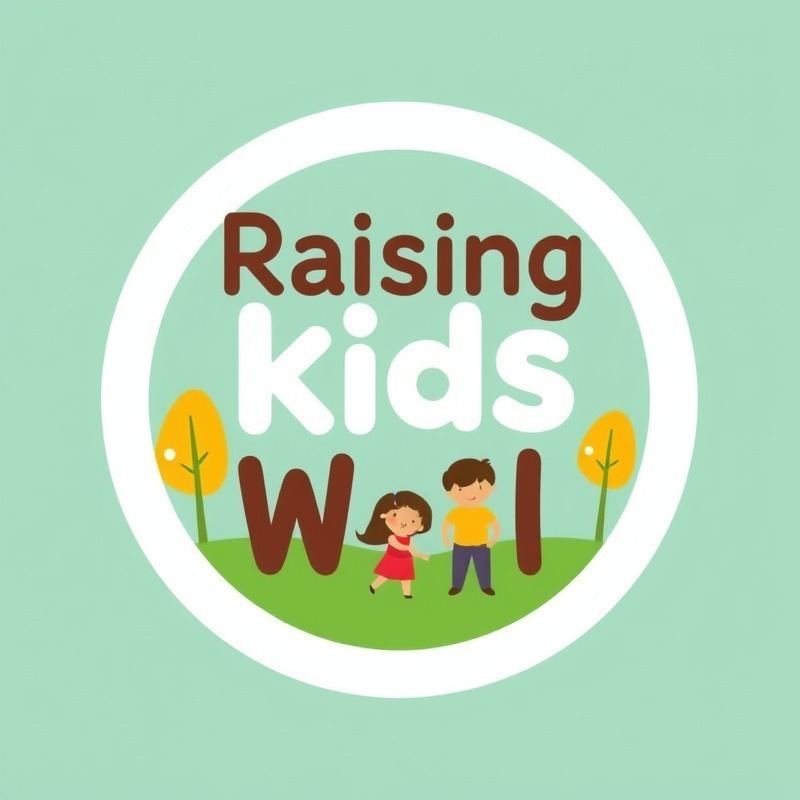
Understanding Emotions: Why It Matters for Kids
Emotional literacy is crucial for children, particularly in today's increasingly complex world. By helping kids understand and express their emotions, parents can foster resilience and social skills that benefit their overall well-being. When children learn to identify their feelings, they are better equipped to navigate challenging situations, build relationships, and develop empathy.
Activity 1: Emotion Charades
This fun game involves children acting out different emotions while others guess what they are. Not only does this develop emotional vocabulary, but it also enhances non-verbal communication skills. You can take it a step further by discussing why certain expressions are tied to specific feelings, helping kids make connections between emotion and expression.
Activity 2: Feelings Artwork
Encourage your kids to create artworks based on how they feel that day. Whether it’s painting, drawing, or collaging, this activity lets children express their feelings creatively. Afterward, ask them to share their artwork and describe their emotions, providing an excellent platform for open conversations about feelings.
The Power of Storytelling in Emotion Recognition
Stories are a wonderful way to illustrate emotional experiences. Reading a book together and discussing the characters' feelings can help children understand various emotional responses. For instance, how does the character feel in a challenging situation? How would the child respond in a similar scenario? These discussions can create a sense of safety for children to share their emotions.
Activity 3: Emotion Wheels
Introduce an emotion wheel, which outlines various feelings and their associated expressions. Kids can use it to explore more specific emotions tied to basic feelings. For instance, the word 'happy' can branch into 'excited,' 'joyful,' or 'elated.' This helps expand their emotional vocabulary, enabling them to articulate their feelings more effectively.
Activity 4: Empathy Role-Play
Engage your child in role-playing scenarios that require empathy. By placing them in different characters' shoes—be it a friend who is sad or a sibling who is frustrated—they can practice responding with compassion. This not only fosters emotional understanding but also teaches valuable interpersonal skills.
Activity 5: Journaling Emotions
Encourage children to keep an emotional journal where they can express their feelings daily. This practice not only cultivates self-awareness but also provides kids with a healthy outlet for their thoughts and feelings. At the end of the week, have them reflect on what they wrote. This can lead to rich discussions about their emotions and coping strategies.
Activity 6: Group Discussions on Emotions
Creating a safe space for children to share their thoughts about emotions encourages connection and validation. You can organize a small discussion group where kids can talk about their experiences and feelings. This fosters a sense of community and belonging among peers, which is vital for emotional development.
Activity 7: Mindfulness and Emotions
Introduce mindfulness practices such as deep breathing exercises or meditation focused on emotional awareness. Mindfulness helps children tune into their emotions and recognize their feelings without judgment. Teaching kids to pause and reflect can significantly improve their emotional regulation and resilience.
Conclusion: Empowering Kids Through Emotional Education
By participating in these engaging activities, parents can empower their children to understand and express their emotions effectively. Demonstrating emotional support and providing tools for emotional literacy creates a nurturing environment, setting the foundation for healthier emotional development.
Remember that it’s a journey; encouraging open conversations about feelings fosters relationships built on trust and understanding. Let's inspire our children to develop the necessary tools to navigate their emotions confidently.
 Add Row
Add Row  Add
Add 



Write A Comment